Tour de Reinan: Obama, Oi and Takahama
by Raina, staff writer of japan-guide.com
| previous post |
| next post |
2016/01/26 - Tour de Reinan: Obama, Oi and Takahama

The end of January saw me going to the southern coast of Fukui Prefecture, also known as the Reinan coast. The cities along the southern coast include Tsuruga, Mihama, Wakasa, Obama, Oi and Takahama, and all of them look over Wakasa Bay. The bay leads out to the Sea of Japan which provides bountiful fresh seafood that can be enjoyed at local restaurants and gets exported to various parts of the country. One of the main purposes of my trip was to uncover the local delicacies, and my taste buds were not disappointed at all. Umi no Sachi, which roughly translates to the bounty of the sea, i.e. seafood products, is a mainstay of the region's cuisine and makes up majority of the local specialties.
In the second part of my Tour de Reinan, I visited the Obama City, Oi Town and Takahama Town, rounding up the rest of of the southern half of Fukui Prefecture. You can read the first part of the trip to Tsuruga City, Mihama Town and Wasaka City here. Like on my first trip, a rental car provided the most convenient way to travel between attractions. Obama City is roughly 40 minutes by car from Tsuruga. Obama Station on the JR Obama Line is the main train station serving the town.
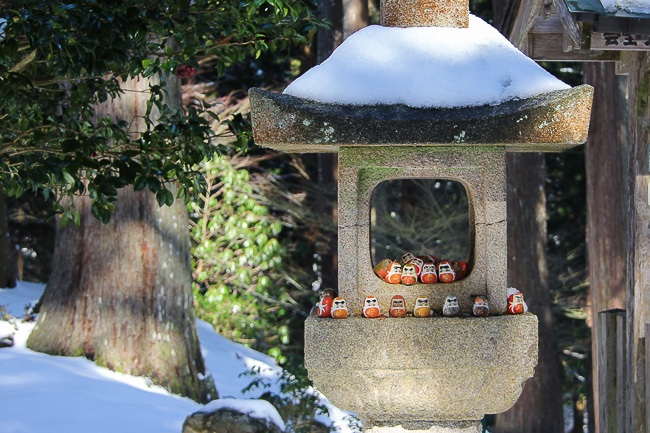
I started the day at Myotsuji Temple, built along a slope tucked away in the hills. The temple was constructed in the year 806 by Tamuramaro Sakanoue, who also built Kiyomizudera in Kyoto. The main hall and three story pagoda were reconstructed in the Kamakura Period and are designated national treasures. Visiting in the morning the day after a big snowfall meant that there was still snow on the eaves of the buildings and a white carpet of snow on the grounds. Temple staff give all visitors a brief oral history of the Myotsuji and its architecture in Japanese in the main hall (hondo). Visitors can go up close to the statues in the hondo - the seating Buddha and standing Buddhas that were each carved from single trees, the smaller Buddhas have life-like looking eyes - and inspect their various features.
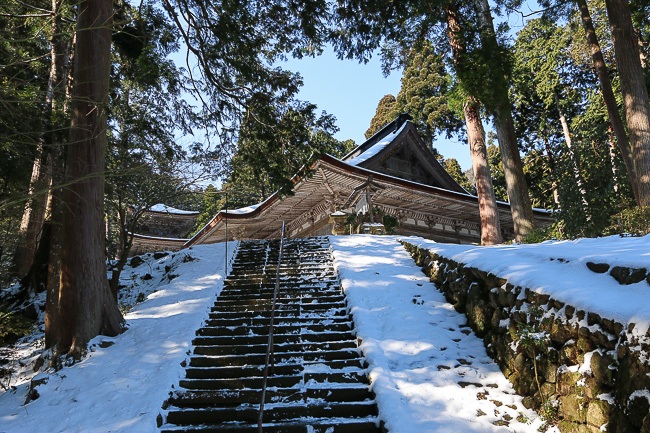
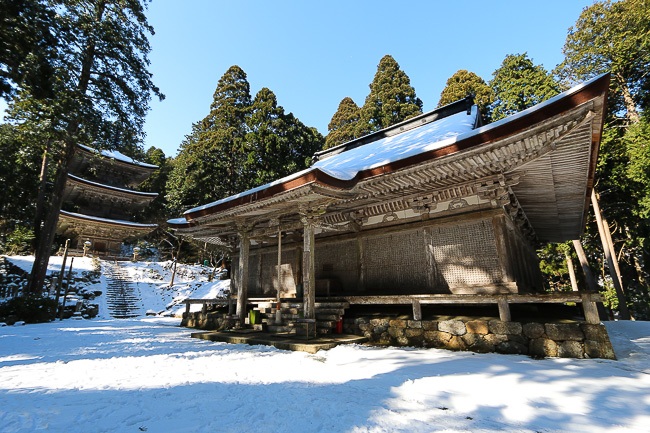
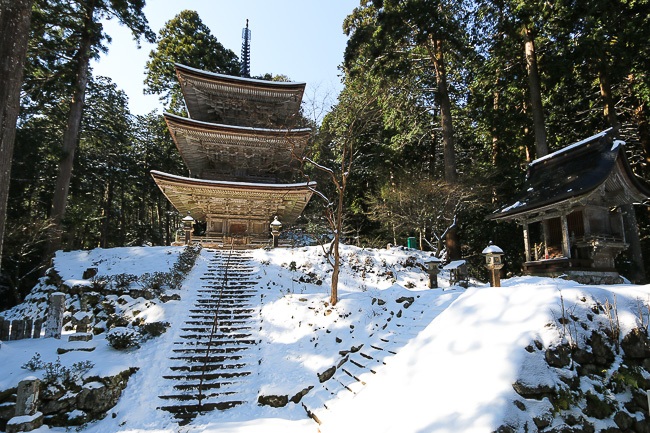
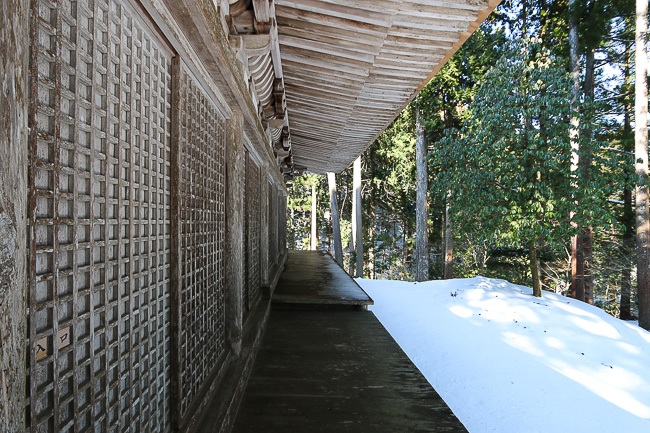
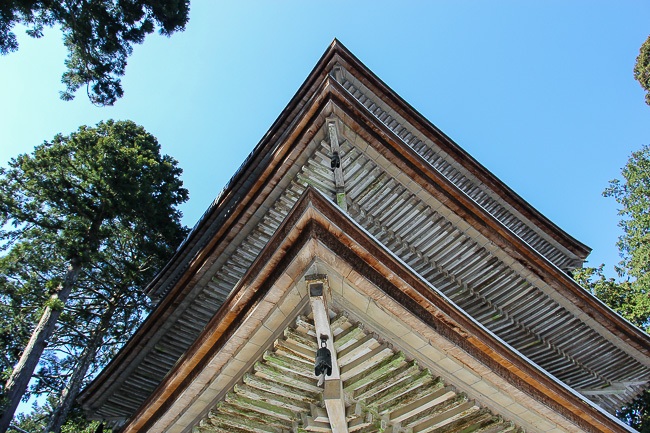
After a very refreshing start at Myotsuji Temple, I continued on to the Miketsukuni Wakasa Obama Food Culture Museum located right by Obama Bay. The three story museum contains a museum on the first floor, a craft activity center on the second floor and a bath house overlooking the bay on the third floor. As the name suggests, food culture is the main focus of the museum, and it is well executed here. I learned a lot about Japanese food history, like the evolution of sushi; the different variations of a typical new year dish eaten across the country; seasonal food eaten in the Wakasa Obama area; and more about the Saba Route, along which preserved mackerel fish (saba) was transported from Obama to the markets in Kyoto.
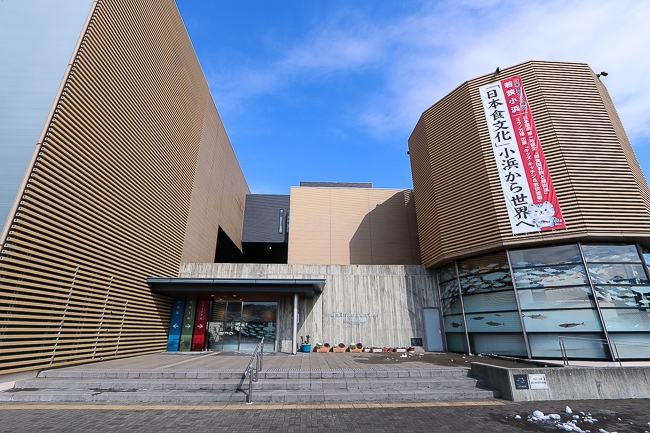
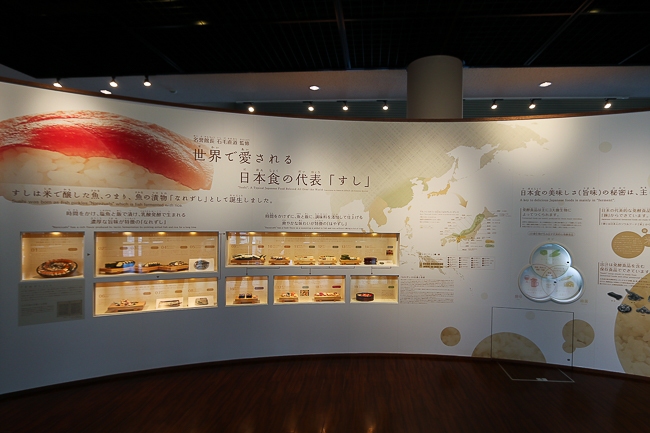
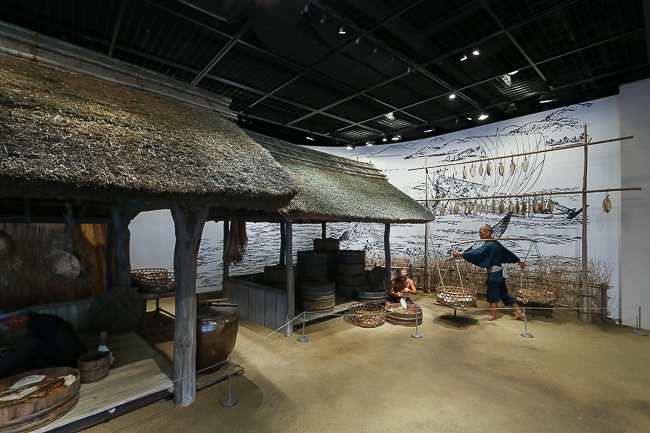
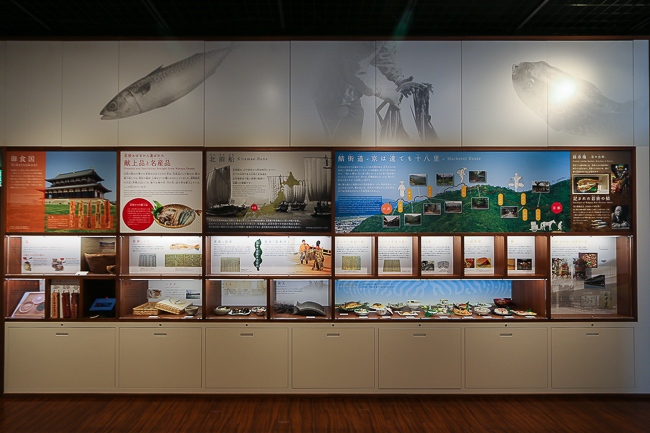
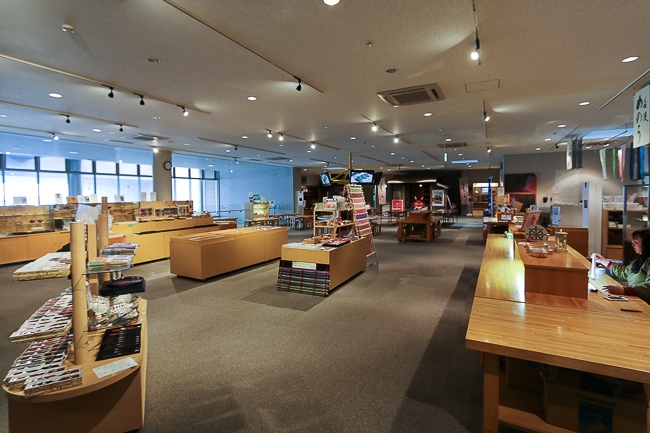
Lunch beckoned, and I headed off to the restaurant Shikisaikan Suigetsu, a former machiya townhouse built in the early Meiji Period. The restaurant offers local Obama cuisine as well as nearby regional Wakasa cuisine with seafood dishes like saba (mackerel) sushi, grilled saba, guji (tilefish), karei (flounder) and heshiko (usually pickled saba).
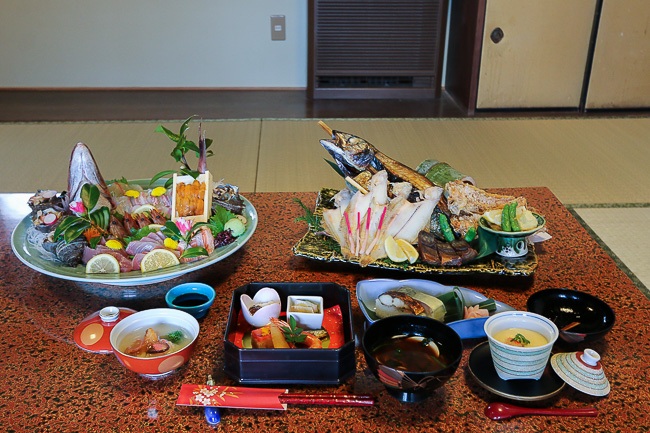
Following lunch, I took a walk at the nearby Sanchome Machinami, a street lined by preserved townhouses. The street, which is named after its length of three cho (where a single unit of cho measured roughly 109 meters, and three cho or sancho was about 327 meters), used to be more lively in the past with restaurants and shops, but these days only one ryotei restaurant and a couple of cafes remain. Interestingly enough, you can tell when the machiya were built from looking at their heights: the older townhouses from the Edo Period were the shortest, and as building techniques improved over the years, Meiji Period machiya got taller and finally, the ones built in the Showa Period were the tallest. Many of the machiya are now used as private homes whose owners have agreed to preserve the exterior, thus maintaining the atmosphere of the street.
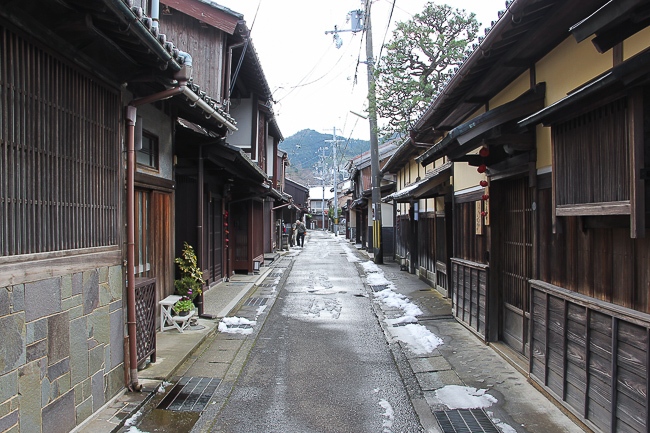
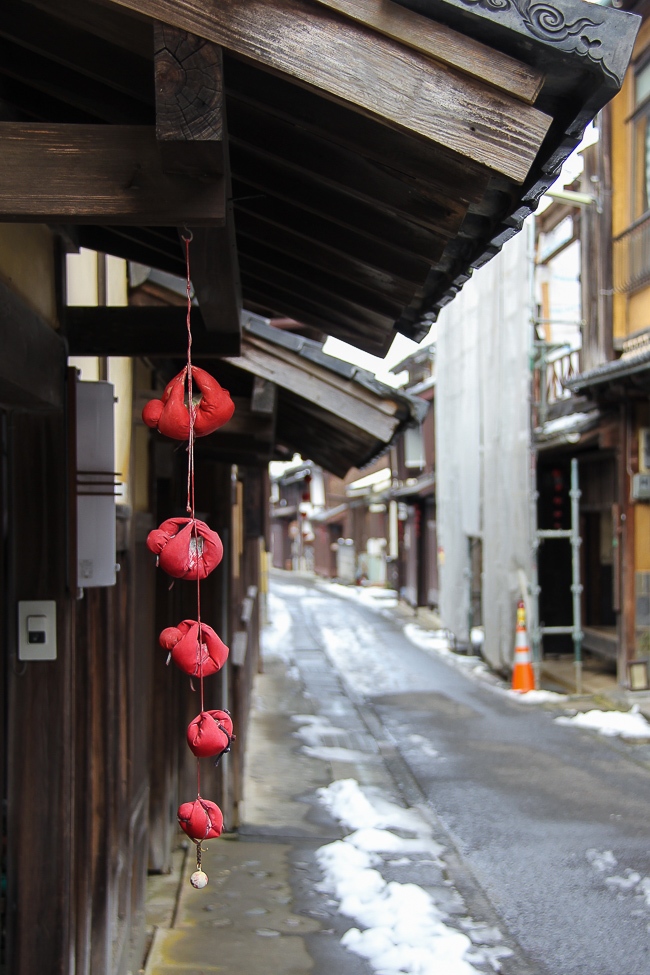
Next on my list were the Wakasahiko and Wakasahime shrines, typically referred to as the husband and wife shrines of the area. The shrines are simple and share the same style of shrine architecture, and although there is no prescribed order of visiting them, Wakasahiko Shrine is typically visited first, followed by the Wakasahime Shrine. Tall cedar trees can be found in both grounds, exuding a peaceful and calm aura. Not far from the two shrines is the Unose stream - which is part of the larger Onyu River - and the source of water for the Omizutori event at Todaiji Temple in Nara.
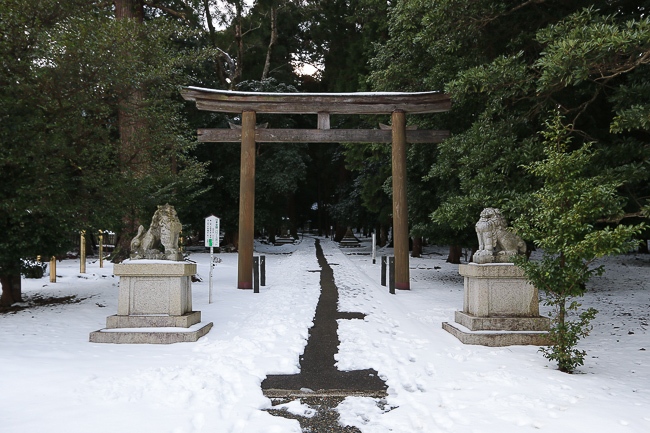
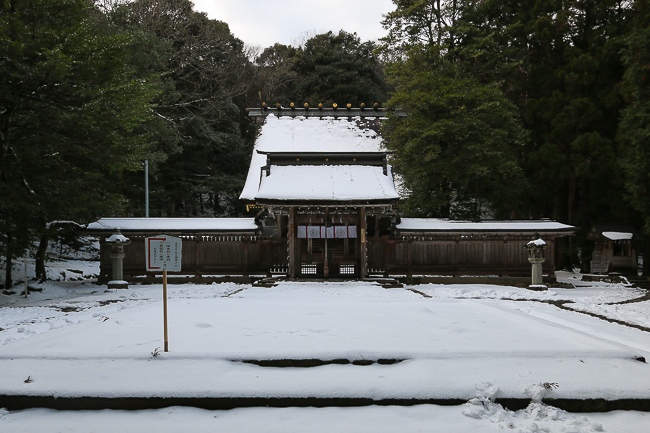
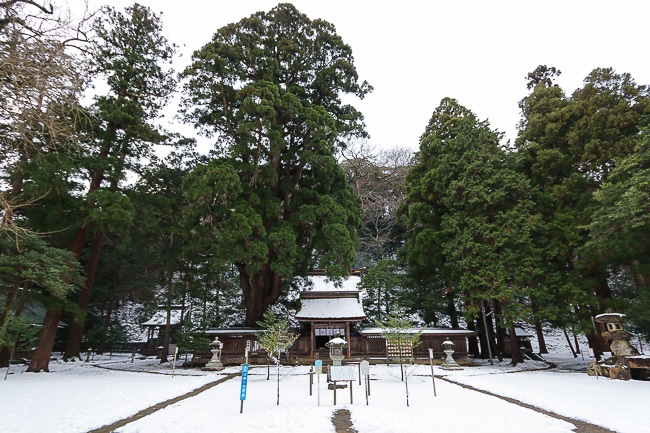
From Obama City, I went to Jakushu Itteki Bunko, a cultural center and museum founded by the writer Mizukami Tsutomu in 1984 in Oi Town. The center is Mizukami's contribution to his hometown of Oi and contains a library, a bamboo puppet (takeningyo) gallery and theater, all surrounded by seasonal flowers and trees. In addition to being a space to learn more about Mizukami and a gallery to promote artwork and traditional craft, another main purpose of the center is to provide a library for younger generations to read and broaden their horizons through books. I spent about an hour touring the premises and felt that I could've spent more time there. Mizukami had the center built in a traditional style and with traditional methods, resulting in buildings that resemble traditional farmhouses (kominka). Nevertheless, the buildings are equipped with ramps for accessibility to ensure that everyone, both young and old, can enjoy the center.
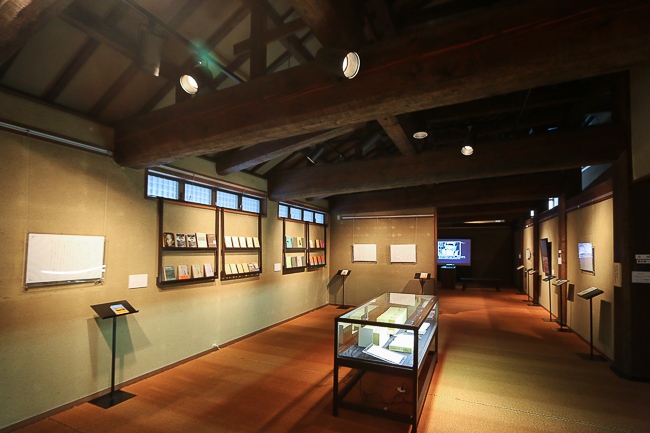
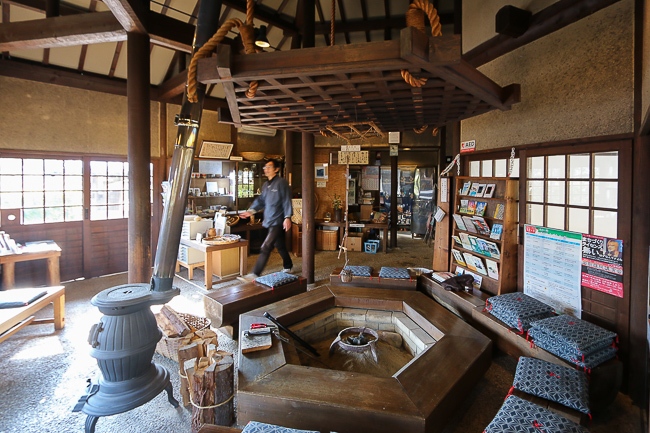
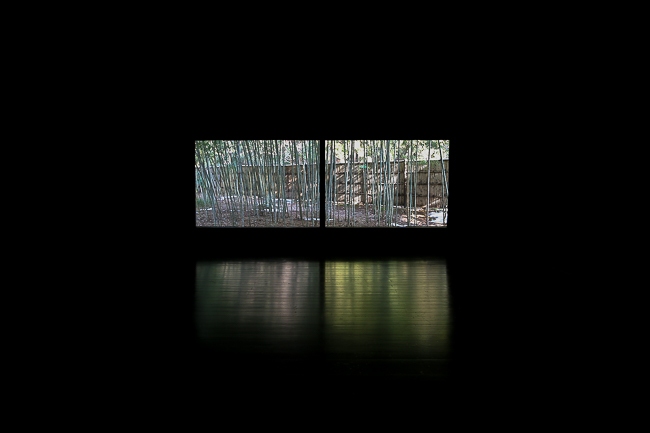
Calling it a day, I moved to my accommodation for the night, Shinza, a ryokan and restaurant specializing in wild boar hotpot (botan-nabe) in the mountainous interior of Oi Town. Of course, my dinner was botan-nabe, in which thin slices of wild boar are rolled to resemble peony flowers (botan). The proprietress of Shinza prepared the miso-base hotpot and soon, the room was smelling very appetizing. It was my first time eating wild boar, and I was pleasantly surprised to find that there wasn't a strong smell and that the meat was tender and delicious. I also had a chance to speak with the chef and found out that botan-nabe was not available all year round at Shinza, but typically only from October through April. I went to bed that night with a warm belly full with slices of wild boar. There's definitely more to the local cuisine in the region than just seafood.
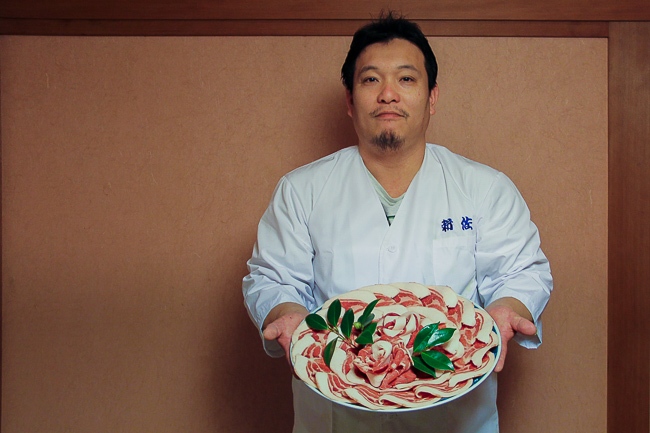
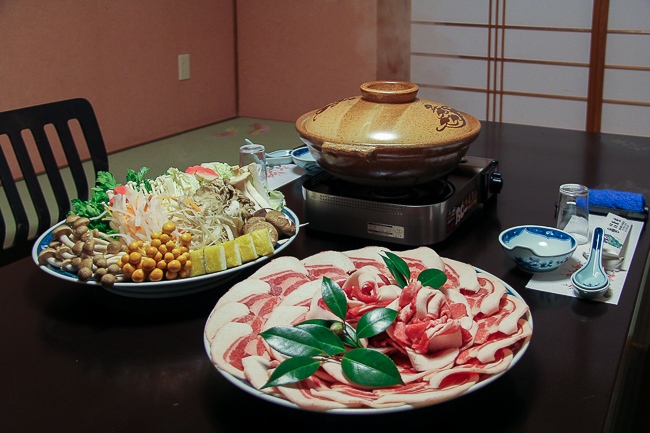
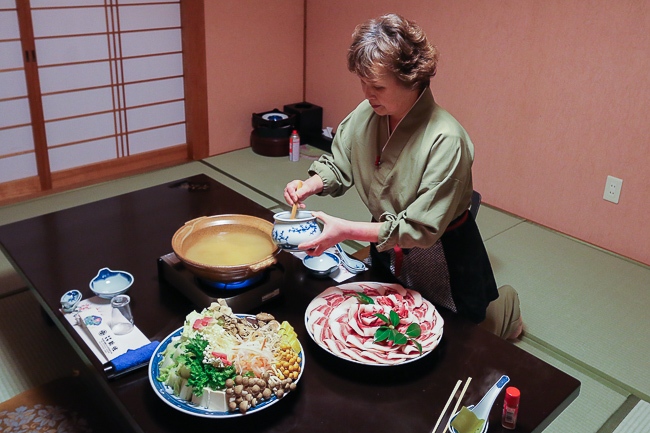
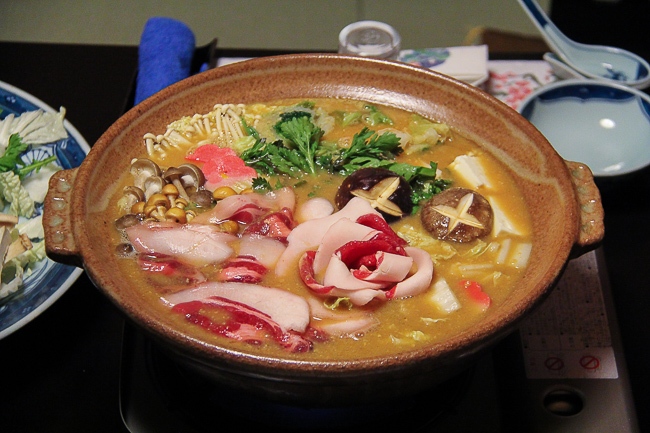
The next day, I visited Takahama Town, the western most part of Fukui Prefecture along the Reinan Coast, and bordering on Kyoto Prefecture. I started my day at Wakasa-Wada Beach, a wide sandy beach with views of Mount Aoba (nicknamed Wakasa Fuji), about a 15 minute walk from Wakasa-Wada Station. The beach has relatively calm waters due to its location in the bay and perfect for swimming and playing in the water, and I can imagine it to be popular in the summer. I learned that Wakasa-Wada Beach is gunning for Blue Flag status - an international certification for beaches that meet a strict standard and quality - this year together with Yuigahama Beach in Kamakura. Even though I visited in January, the beach was still beautiful and I enjoyed a short morning stroll taking in the salty air and clear views.
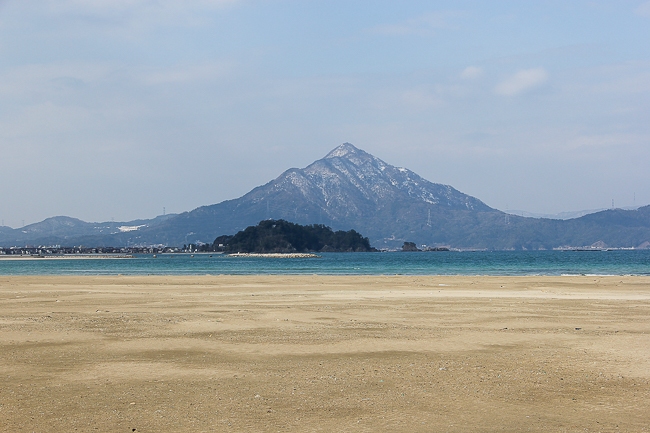
Not far from Wakasa-Wada Beach and along the same coastline is Shiroyama Park. The park was built on where Shiroyama Castle used to stand and has its own small inlet. There are a series of eight caves around the park and Meikyodo, an stone arch that can be seen from land and can be passed through. During the warmer months from June to September, the caves can be seen on kayaking and stand-up paddling tours. There is also a short walking course that leads to near the top of the arch. It can be completed in about 30 minutes and offers views of the nearby beaches and the Sea of Japan.
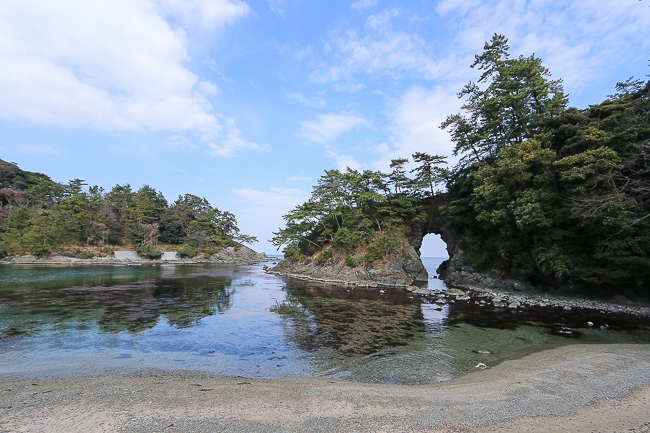
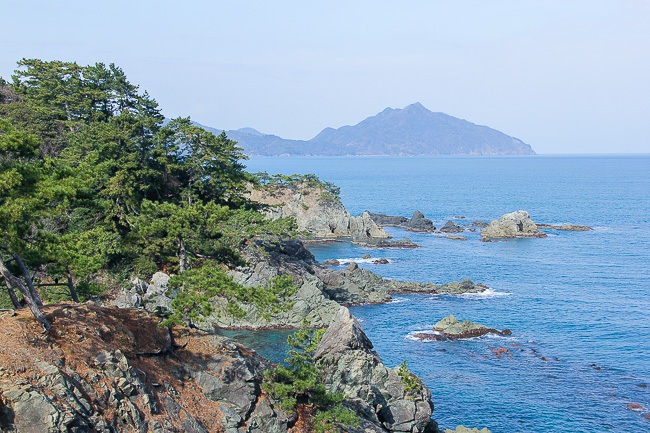
To complete my visit to Takahama and the Reinan Coast, I found myself heading about 40 minutes over mountains to a small fishing village at edge of the prefecture. My destination was Yoshiko, a pufferfish (fugu) restaurant that rears its own pufferfish. I got to go on a boat to check out the fugu cages in the open water not far from the restaurant, and even got to touch a cute pufferfish! It was a very educational short trip to the fugu farm. I learned that pufferfish have very delicate skin and that their cages are covered by black nets in order to cut out UV rays. Yoshiko rears about 7000 pufferfish from babies to those ready to be eaten. After learning about my meal, I headed into the restaurant ready for my fugu degustation. Pufferfish sashimi is commonly known as tessa, and larger cuts for hotpot are known as tecchi. I tried both as well as the different parts of fugu cooked in different ways, and all of them delicious.
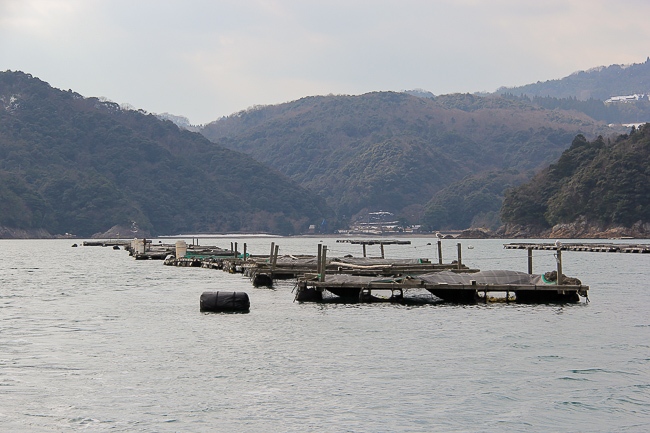
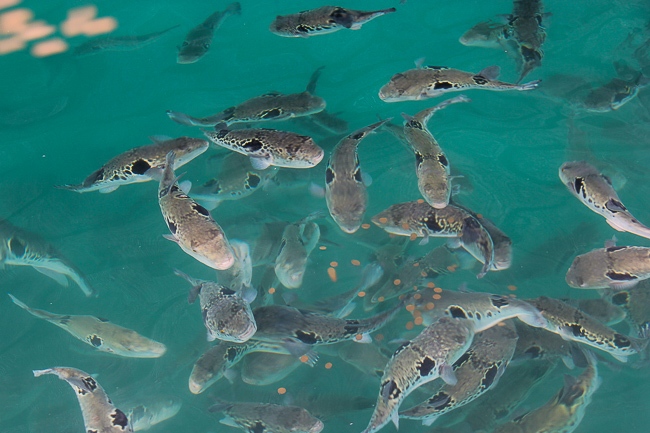
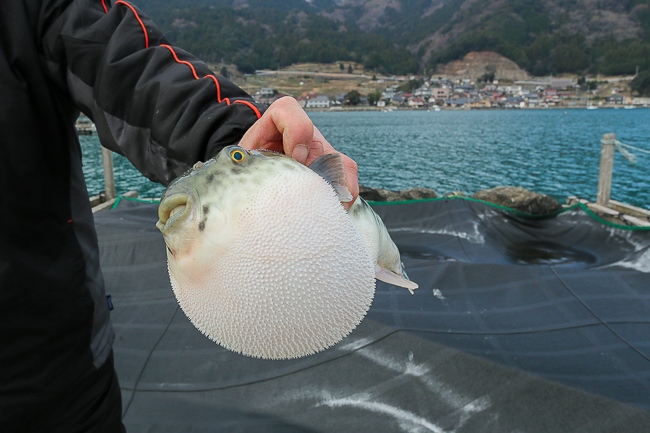
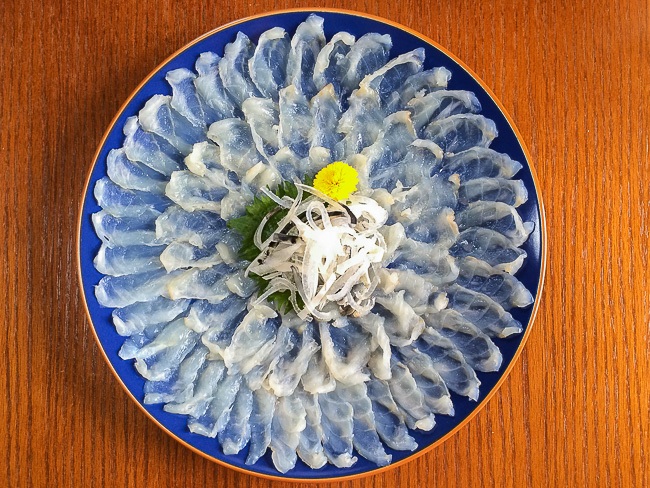
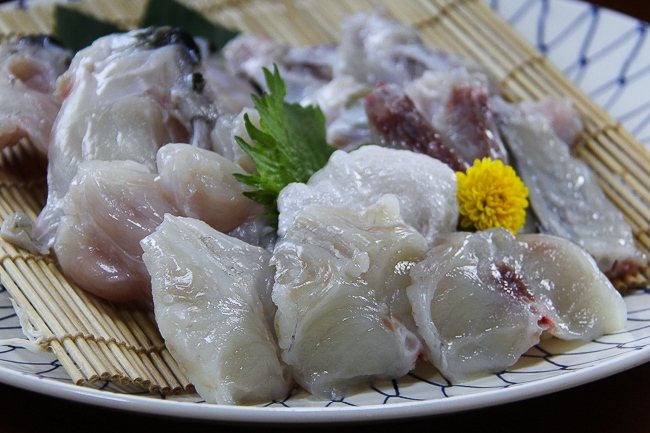
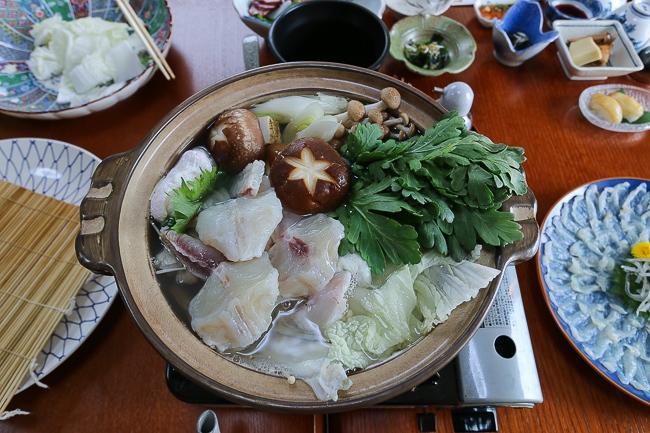
But all good things must come to an end, and the pufferfish meal was a wonderful close to my time in the Reinan Coast of Fukui Prefecture.
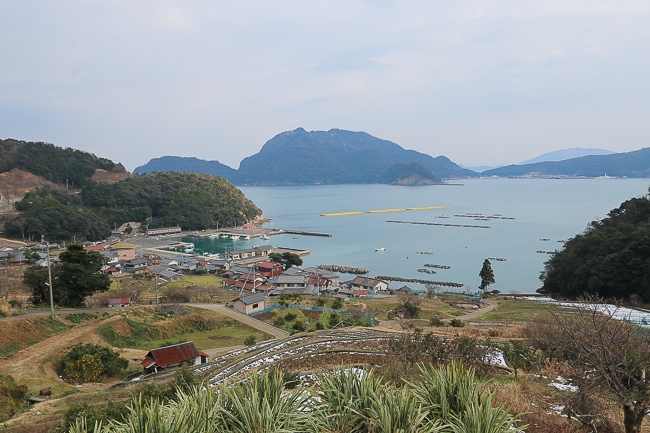
| previous post |
| next post |